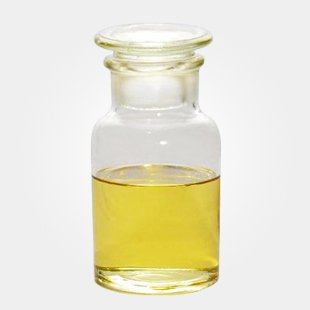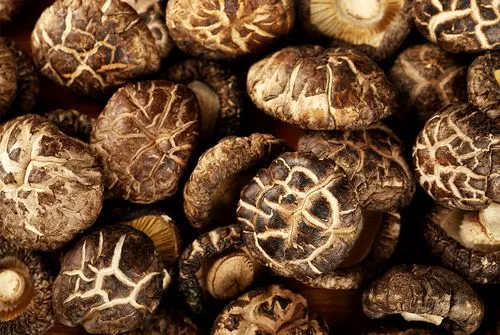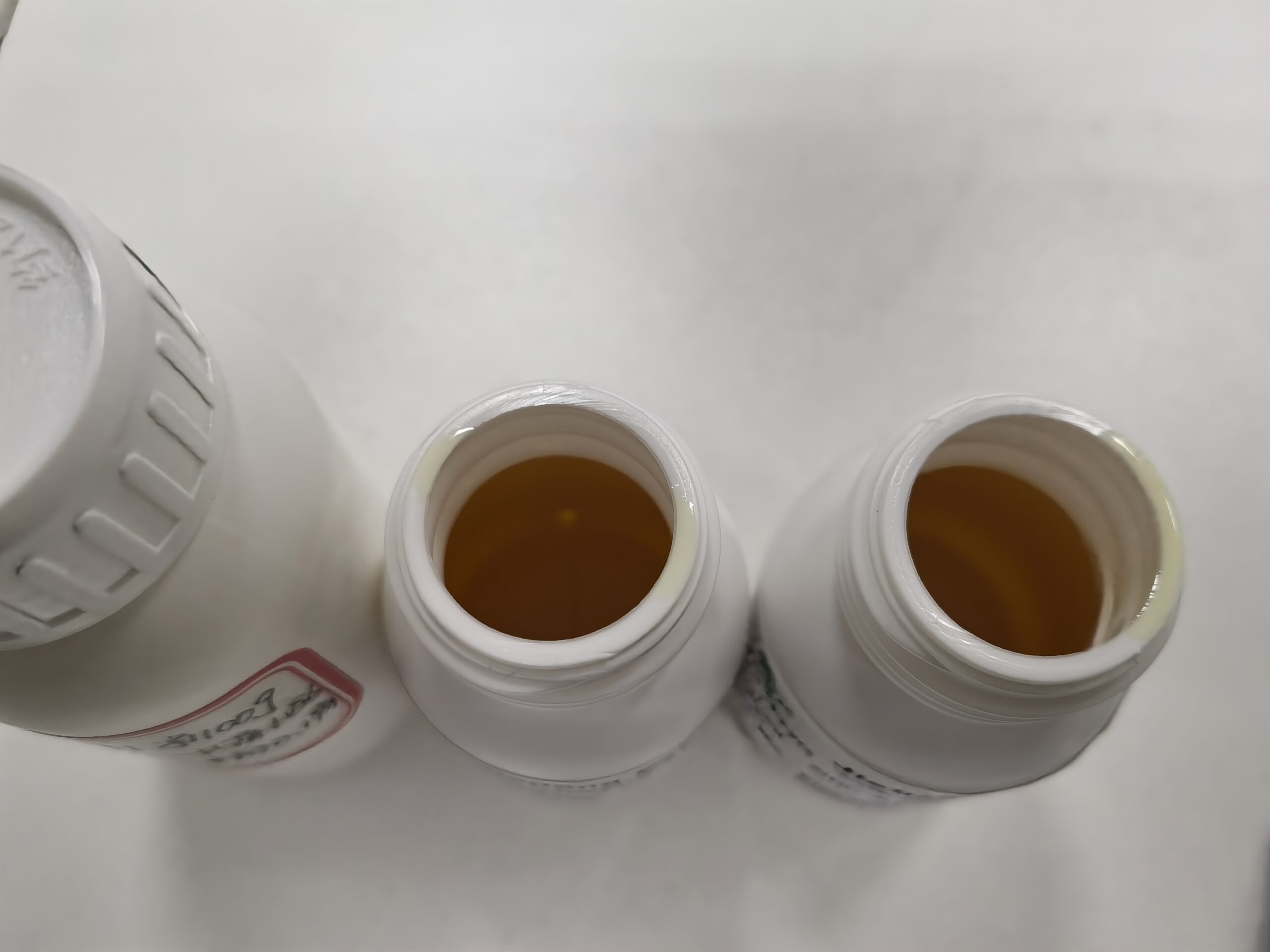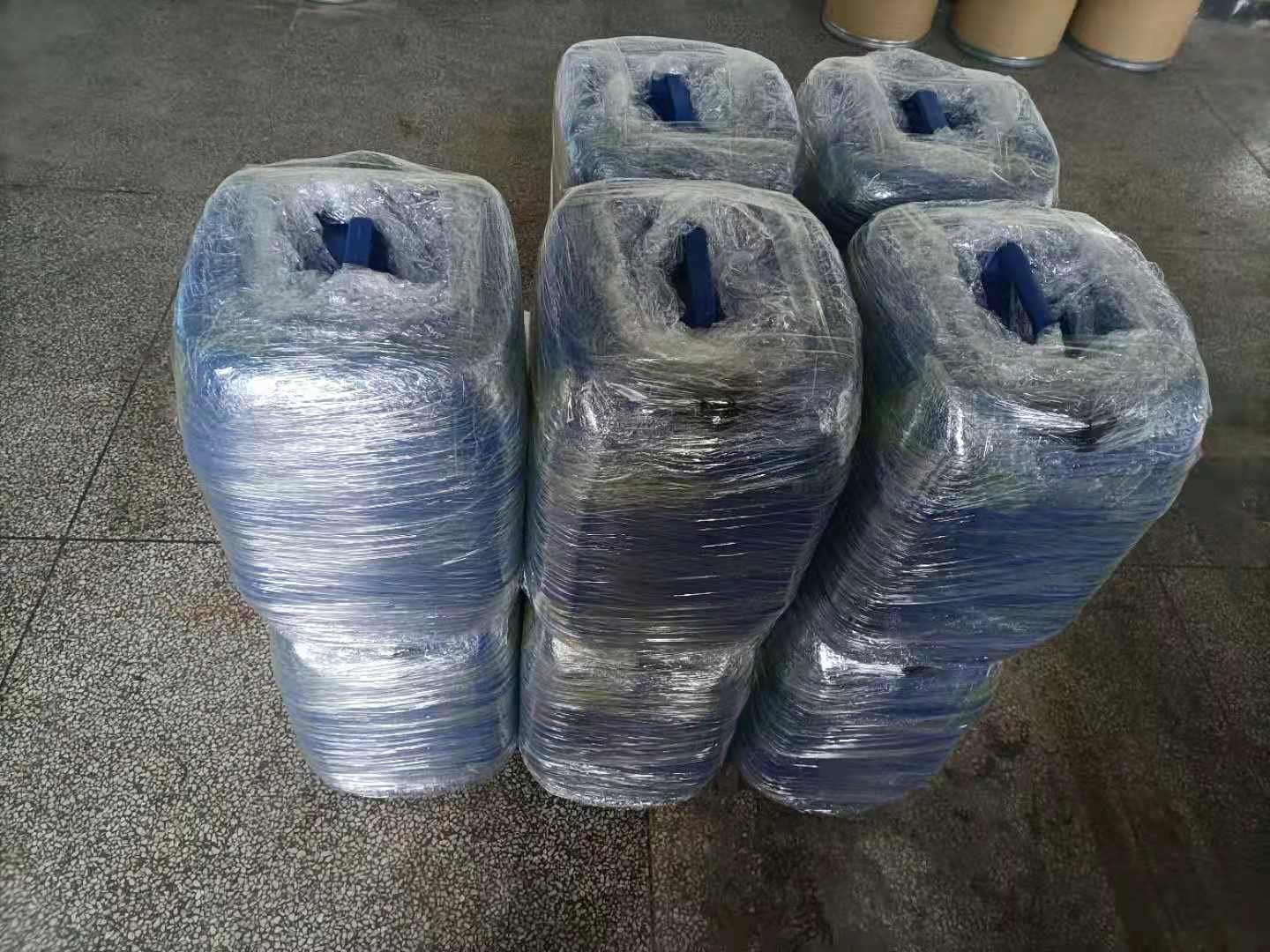Sophora Flavescens Root Extract is extracted from the plant "Sophora Flavescens Ait", which medicinally mainly refers to the dried root of Sophora Flavescens Ait. Which is a plant in the family Leguminosae? And it has a few other names, including Sophora Flavescens radix, light yellow sophora root, Flavescent Sophora Root, Root of Light Yellow Sophora, Sophora Flavescens Root, and more. It is produced all over China and harvested during spring and autumn.
Sophora root mainly contains alkaloids, flavonoids, quinones, and triterpenoid saponins. Alkaloids contain Matrine, oxymatrine, sophoridine, sophoranol, sophoramine, etc. Flavonoids contain kushenol, kuraridin, kuraridinol, kurarinol, neokurarinol, norkurarinol, isokurarinone, kurarinone, and more. Triterpenoid saponins include sophoraflavoside Ⅰ, Ⅱ, Ⅲ, Ⅳ, soyasaponin I, and so on. Quinones are kushequinone A and others.
Matrine ( CAS NO. 519-02-8, Formula:C15H24N2O) as an alkaloid possesses strong antitumor activities in vitro and in vivo. Inhibition of cell proliferation and induction of apoptosis are the likely mechanisms responsible for matrine's antitumor activities. Matrine ( CAS NO. 519-02-8, Formula:C15H24N2O) is a component of the traditional Chinese medical herb Sophora flavescens Ait.
Oxymatrine (CAS NO. 16837-52-8, Chemical formula: C15H24N2O2) is one of many quinolizidine alkaloid compounds extracted from the root of Sophora flavescens, a Chinese herb. It is very similar in structure to matrine, which has one less oxygen atom.
The Matrine ( CAS NO. 519-02-8, Formula: C15H24N2O) and Oxymatrine (CAS NO. 16837-52-8, Chemical formula: C15H24N2O2) are two main ingredients; The Oxymatrine is transformed from Matrine.
Matrine ( CAS NO. 519-02-8, Formula:C15H24N2O) and the related compound Oxymatrine (CAS NO. 16837-52-8, Chemical formula: C15H24N2O2) have an antifeedant effect against formosan subterranean termite. Additionally, it acts as a nematicide against the pine wood nematode which causes pine wilt, as well as pathogenic nematodes which target humans.















